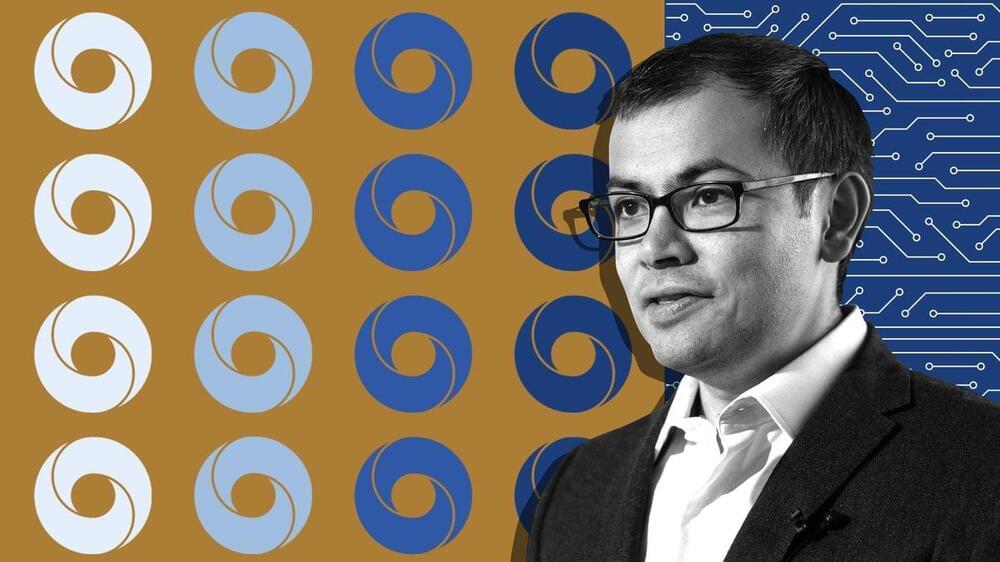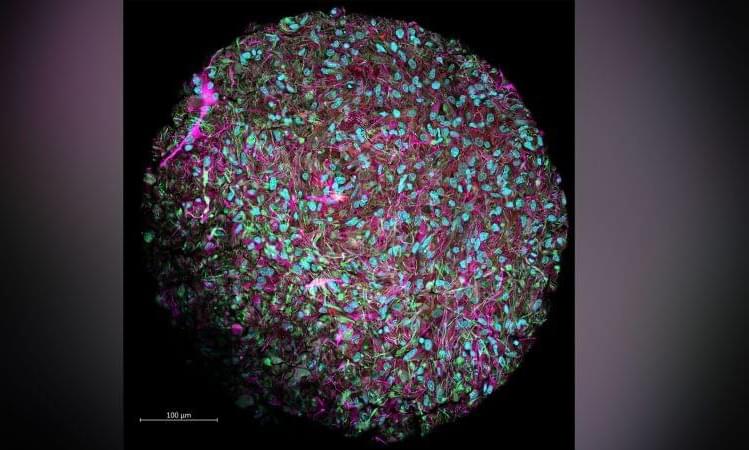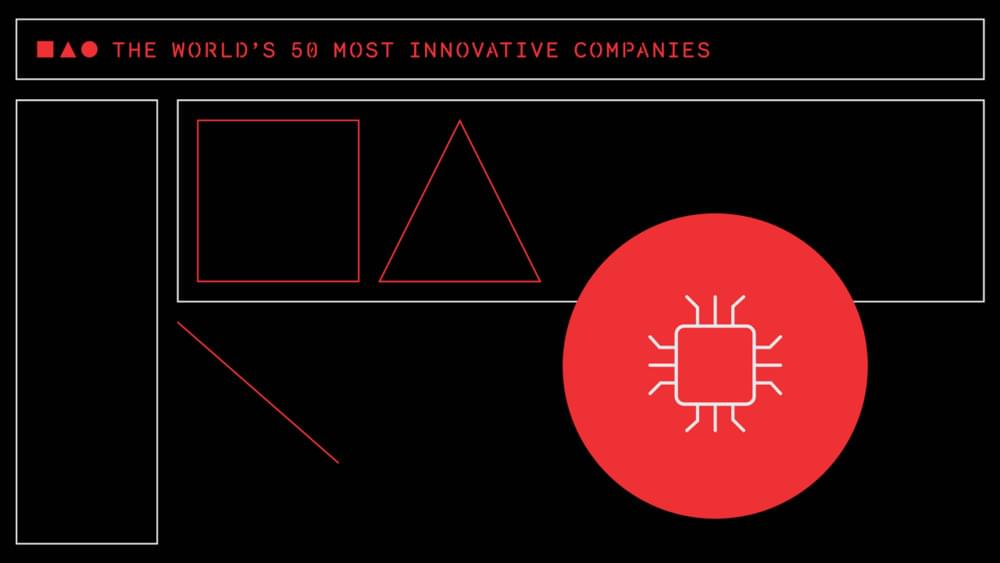Matt on progress toward AGI in 2022 via OPenCog Hyperon.
Category: robotics/AI – Page 1,345

World War Terminus Explained | Blade Runner 2049
The event that shaped the world of Blade Runner is an event you’ve probably never heard of: World War Terminus. CJ explores the origin of Do Androids Dream of Electric Sheep’s environmental desolation and asks: did it happen in the movie, too?
★Subscribe Here: https://goo.gl/eMyqR8
Royalty free music provided by bensound.com.
Connect with Hybrid Network!
►Website: https://www.hybridnetworkyt.com.
►Facebook: https://www.facebook.com/HybridNetworkYT
►Twitter: https://www.twitter.com/HybridNetwork_
►Soundcloud: https://soundcloud.com/hybridnetworkyt.
Copyright Disclaimer Under Section 107 of the Copyright Act 1976, allowance is made for “fair use” for purposes such as criticism, comment, news reporting, teaching, scholarship, and research. Fair use is a use permitted by copyright statute that might otherwise be infringing. Non-profit, educational or personal use tips the balance in favor of fair use.



Figure emerges from stealth with the first images of its humanoid robot
Humanoid robots are one of those ideas that never truly goes out of style — it does, however, tend to ebb and flow across the decades. Whatever you happen to think about the project or the company that built it, Tesla’s Optimus prototype has revived the conversation around the form factor and efficacy and viability of general-purpose robots. Boston Dynamics founder Marc Raibert told me in an interview this week, “I thought that they’d gotten a lot more done than I expected, and they still have a long way to go.”
It’s also reopened the debate. When I spoke to Playground Global partner Peter Barrett last week, he was quick to point out that our bodies aren’t exactly the hallmark of efficiency or product design, even if they made us sufficiently capable of outsmarting or out-running a wooly mammoth back in the day. The flip side of that conversation certainly makes sense however: We built our environment with us in mind, so it follows that we’d make robots in our image to perform our jobs.
Figure, which comes out of stealth this week, is very much in the second camp. Back in September, we broke the news of the startup’s existence. Founded by Archer co-founder Brett Adcock (who has also funded the company to the tune of $100 million), the startup is spending lot of time and money to build a general-purpose bipedal humanoid robot. It’s not an easy dream in any respect, of course. That no one has yet managed to crack the code certainly isn’t for lack of trying.
Story Machine demonstrates how AI is helping game development
Connect with top gaming leaders in Los Angeles at GamesBeat Summit 2023 this May 22–23. Register here.
While AI has been a part of game development for years, generative AI’s ability to create assets for games instantly is a relatively new component. This new technology has the capacity to serve as a tool for game developers, especially those with smaller teams — and, according to the creators of Story Machine, it already is.
Generative AI is not without its critics, but Story Machine contends that its intended to work as a creative aid and help for developers, not a replacement. It’s targeted, not at large game studios, but indie developers who don’t have the programming or artistic aptitude to build all of the assets for the games themselves.

Figure promises the first commercially viable general-purpose humanoid robot
Artificial Intelligence (AI) is unarguably the most exciting field in robotics. And humanoid robots, robots resembling the human body in shape, are one of the most popular forms of AI. However, a lot of work, finances, and research are put into making these humanoid robots.
The field is already crowded with a number of companies with interesting projects, such as Boston Dynamics’ Atlas robot and Tesla’s much-hyped Optimus prototype designed to be “general purpose.”
This week, an AI Robotics startup, Figure, has unveiled Figure 1, the world’s first commercially viable general-purpose humanoid robot. The company says this humanoid will have the ability to think, learn, and interact with its environment.

The 10 most innovative companies in artificial intelligence of 2023
A ranking of the most innovative companies in AI, including OpenAI, DeepMind, Nvidia, Builder.ai, Voxel, and others.
Robots let ChatGPT touch the real world thanks to Microsoft
Last week, Microsoft researchers announced an experimental framework to control robots and drones using the language abilities of ChatGPT, a popular AI language model created by OpenAI. Using natural language commands, ChatGPT can write special code that controls robot movements. A human then views the results and adjusts as necessary until the task gets completed successfully.
In a demonstration video, Microsoft shows robots—apparently controlled by code written by ChatGPT while following human instructions—using a robot arm to arrange blocks into a Microsoft logo, flying a drone to inspect the contents of a shelf, or finding objects using a robot with vision capabilities.